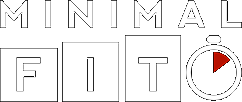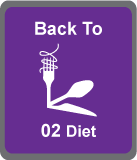“If it sounds like it’s from a chemistry lab, don’t eat it…”
As Jenny picks up the cereal box and reads the label she realises that she has no idea what any of it means. Maltodextrin, sulphite-this, hydrogenated-that…It’s all nonsense.
And she’s right…
The ingredients in your food is nonsense. Why would you eat a load of chemicals that sound like they’d be better used for cleaning your car?
Why it’s a problem
The food industry is mainly out there to make money. It’s a business. They have standards that they need to stick to, but that doesn’t mean the foods they produce are helping you. They just aren’t necessarily harming you. Short term at least.
Lots of the ingredients that are deemed as ‘safe’ have not been around long enough to really know what effect they’re having on our bodies.
One thing is for sure…
The population is becoming more obese and unhealthy every day.
Keep it simple…
If the ingredients list looks like it came from a chemistry lab it’s probably not ideal for you to put in your mouth so avoid it.
If the food needs an ingredient list, it’s not whole food. Do fruit and vegetables have ingredients lists? No, they are whole foods and good for you.
What can you do about it?
Start to become aware of the foods you are eating, read the labels, notice funny ingredients and fresh ones.
Be sceptical of the health claims that the food manufacturers make. If it sounds too good to be true, it probably is.
If you have a cereal that tastes really sweet and makes you want to eat more of it all the time, have a look at the ingredients list. Is there more than 20g of sugar per 100g of food?


